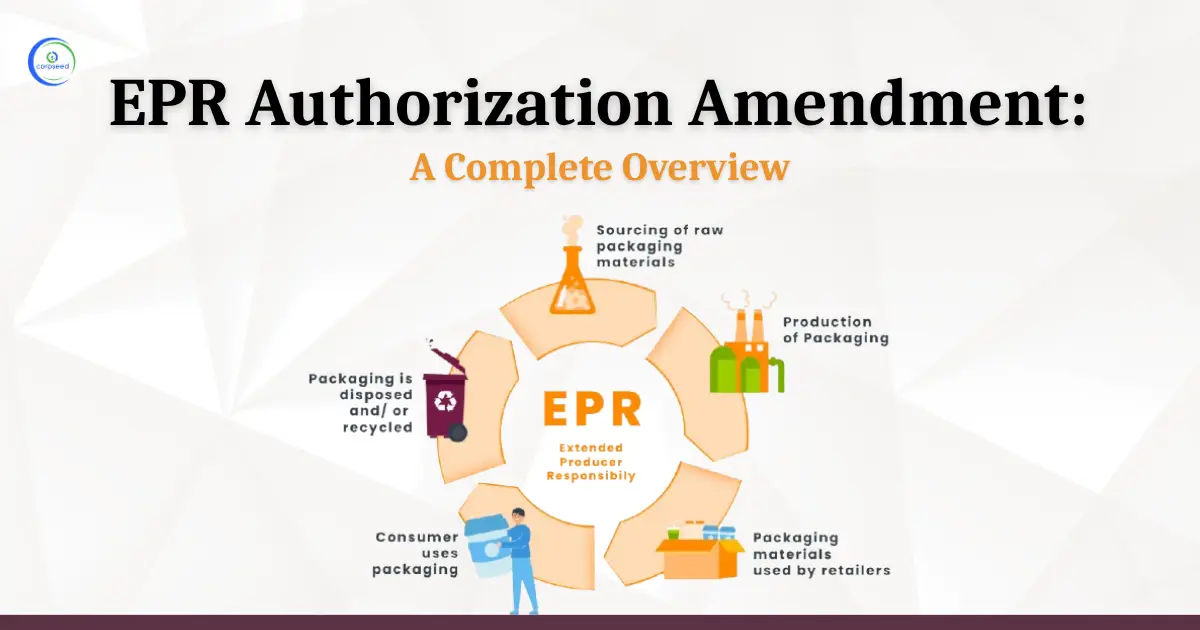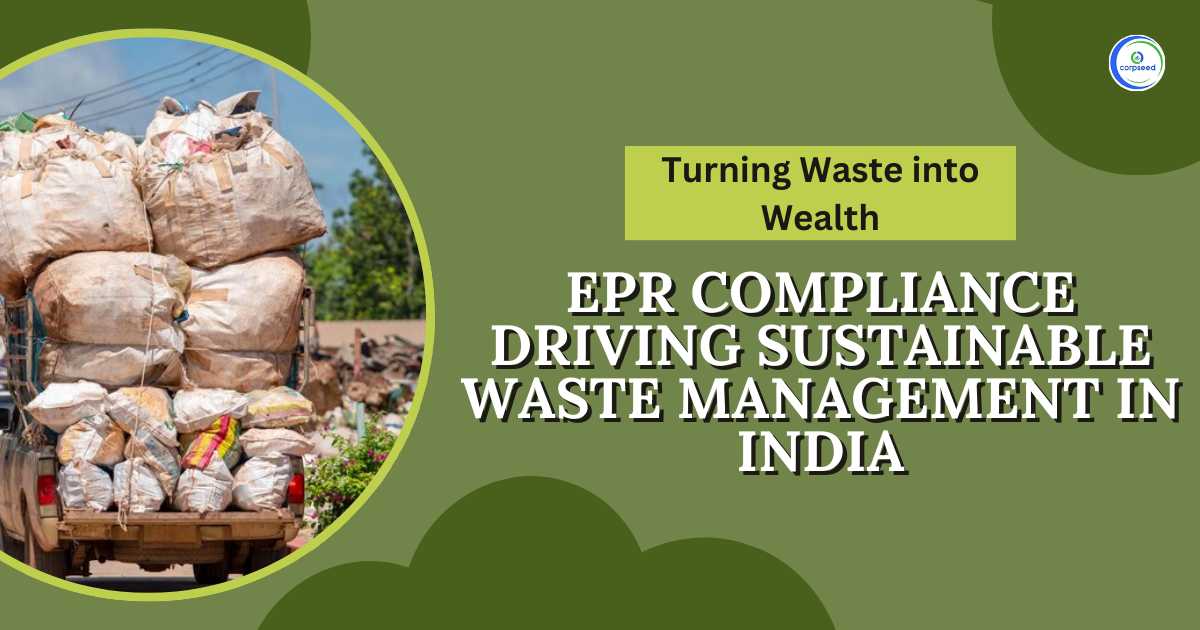Introduction EPR Used Oil
In today's fast-moving trade environment, organizations depend intensely on Venture Asset Arranging (ERP) frameworks to successfully manage diverse viewpoints of their operations. ERP frameworks disentangle errands and boost effectiveness by overseeing stock and following financials.
In any case, businesses may need help in altering their ERP frameworks to meet the needs of certain item categories, such as utilized oil, which require specialized administration. Heading: "Investigating Successful Strategies for Changing or Including Item Categories for Utilized Oil in ERP Frameworks"
Table of Contents
- Introduction EPR Used Oil
- Understanding the Importance of EPR Proper Product Categorization
- What are the Benefits of EPR used in oils?
- Steps to Change or Add Product Categories for Used Oil in ERP Systems
- Techniques for overseeing product classifications in ERP systems
- Assessing Current ERP System Capabilities
- Amendment EPR Certificates for Used Oil Recycling
- Conclusion
--------------Blog Contact Form-------------
Understanding the Importance of EPR Proper Product Categorization
Before investigating how to alter or incorporate item categories in an ERP framework for reused oil, it is imperative to get a handle on the significance of precise categorization. Compelling item categorization benefits businesses.
- Organize stock: productively by categorizing items precisely to minimize the chances of stock outs or overstocking.
- Improve Precise Detailing: Exact categorization of items ensures that monetary reports and execution markers precisely speak to the business's operations, driving to made strides decision-making.
- Help with following to directions: Businesses that handle perilous materials, like utilized oil, must take after strict administrative prerequisites in arrange to comply. Rectify classification ensures adherence to pertinent rules.
What are the Benefits of EPR used oil?
Implementing EPR for the administration of utilized oil gives various advantages.
- Environmental Preservation: Expanded Maker Duty (EPR) spurs makers and merchants to expect responsibility for the total life expectancy of their merchandise, counting their legitimate transfer. By giving rewards for reusing and accurately arranging of utilized oil, EPR diminishes natural contamination and reduces the hurt on ecosystems.
- Resource Preservation: The handle of reusing utilized oil makes a difference in preserving vital assets by diminishing the request for unused oil generation. This helps in ensuring normal environments, diminishing vitality utilization, and bringing down nursery gas outflows connected to oil extraction and refining activities.
- Circular Economy Advancement: EPR boosts circular economy standards by advancing fabric reuse and reusing. Through setting up an advertisement for reused oil and advertising motivating forces for its collection and preparation.
- Producers and merchants: They can spare cash by executing EPR programs, as long-term fetched reserve funds can be achieved through superior asset productivity, lower squander administration costs, and dodging potential liabilities from inappropriate transfer of utilized oil.
- Stakeholder Engagement and Collaboration: EPR advances participation among makers, merchants, recyclers, government organizations, and other partners included in the utilized oil administration handle. Collaborating on the creation and execution of EPR programs permits partners to trade skills, assets, and effective methodologies in arrange to reach shared natural destinations.
Steps to Change or Add Product Categories in ERP Used Oil
Step 1: Set up Modern Item Classifications
Begin by clearly sketching out the unused utilized oil item categories that require expansion or adjustment in the ERP framework. This seem include classifications like "Recovered Oil," "Arranged Oil," or "Prepared Oil Items."
Step 2: Tailor ERP Framework Configurations
Businesses may have to alter settings in the ERP framework to bolster the unused item categories, based on the framework being utilized. This might require going into the system's settings menu and counting or changing areas for item categories.
Step 3: Change Item Information
Update the current item records to reflect the changes after characterizing unused item categories and customizing ERP framework settings. This might include re-categorizing current stock things and putting them in the adjust item categories.
Step 4: Teach Staff
Adequate preparing is vital to make beyond any doubt workers know how to utilize the modern ERP framework and classify items precisely. Offer careful preparing sessions for the modern item categories, information passage strategies, and any upgrades to stock administration processes.
Step 5 includes testing and affirming any alterations made.
Prior to executing the changes, perform comprehensive testing to affirm the accuracy and viability of the re-examined item categories in the ERP framework. Conduct tests on different scenarios to confirm that stock exchanges, announcing, and other strategies are working as planned.
Step 6: Actualize Changes
After completing testing and settling any issues, execute the changes organization-wide. Transmit the most recent data to fitting partners and offer nonstop back to address any request or stresses
Techniques for overseeing product classifications in ERP systems
For fruitful integration and administration of item categories in ERP frameworks, it is vital to take after these best practices.
- Regular Maintained: Routine upkeep includes routinely checking and re-examining item categories in arrange to adjust with any changes in trade operations or industry regulations.
- Data Standardization: Reliably input information to maintain a strategic distance from botches and make detailing more precise.
- Integration with Outside Frameworks: Ensure smooth integration with outside frameworks, like stock administration or administrative compliance software.
- Ongoing Preparing: Offer nonstop preparing to staff individuals to reinforce redress information section strategies and make the most of the points of interest of the ERP framework.
Assessing Current ERP System Capabilities
Businesses ought to assess their ERP system's capacities some time recently attempting to adjust or incorporate item categories. Vital variables to consider are:
- Flexibility: Is the ERP framework adaptable sufficient to effectively customize item categories?
- Integration: Is it conceivable for the ERP framework to easily join unused item categories into current workflows and processes?
- Scalability: Is the ERP framework adaptable sufficient to handle alterations and developments to item categories as the commerce extends?
Amendment EPR Certificates for Used Oil Recycling
The alteration permits the CPCB to deliver 'EPR Certificates' to recyclers who are enrolled. Each EPR Certificate compares to a particular sum of reused utilized oil, decided utilizing a formula/conversion figure set by the CPCB (‘Recycling Value’).
Producers/ Merchants can purchase EPR Certificates to fulfill their EPR Targets. When an EPR Certificate is bought, the Producer/Importer's EPR Target will be naturally changed based on the Reusing Esteem of the EPR Certificate. Once adjusted with the EPR Targets of the Producer/Importer, the EPR Certificate will be consequently nullified.
Nevertheless, Makers are restricted to buying EPR Certificates that coordinate the add up to of the things recorded below:
- Obligation for the current year beneath the EPR conspire (alluded to as 'Current Year Liability')
- Any remaining obligation from past a long time
- 10% of the risk for the current year
The legitimacy period for each EPR Certificate is 2 (two) a long time beginning from the conclusion of the budgetary year it was issued in.
The Alteration permits the CPCB (or an office certify with the CPCB) to set up 1 or more exchanging stages for buying and Selling.
Conclusion
Viable administration of item categories is vital in maximizing the effectiveness and execution of ERP frameworks, especially in segments that handle specialized things such as second-hand oil. Businesses can accomplish effective changes or increases of item categories for utilized oil in their ERP frameworks by taking after the steps and best hones point by point in this web journal post. Productively categorizing items not as it were streamlines stock administration and detailing but too ensures compliance with directions, eventually improving the organization's generally productivity and success.
This portion of the site is for informational purposes only. The content is not legal advice. The statements and opinions are the expression of author, not corpseed, and have not been evaluated by corpseed for accuracy, completeness, or changes in the law.
BOOK A FREE CONSULTATION
Get help from an experienced legal adviser. Schedule your consultation at a time that works for you and it's absolutely FREE.





.webp)



